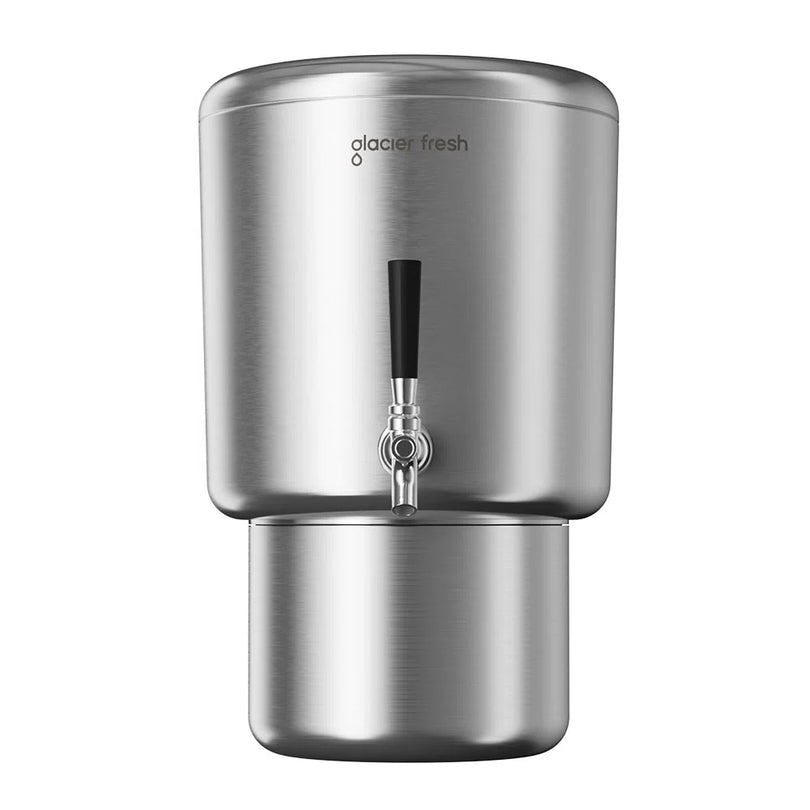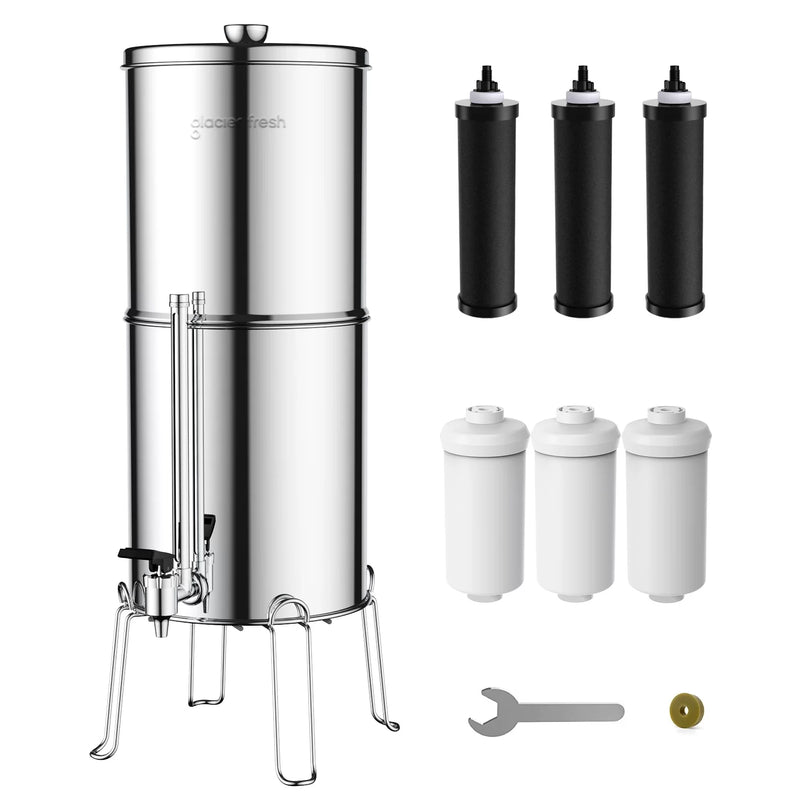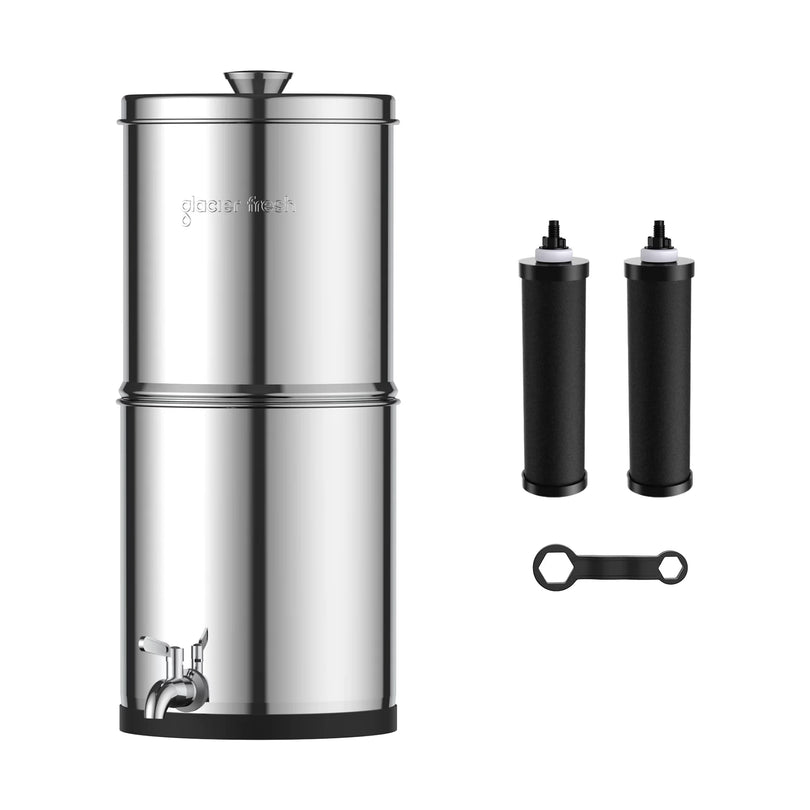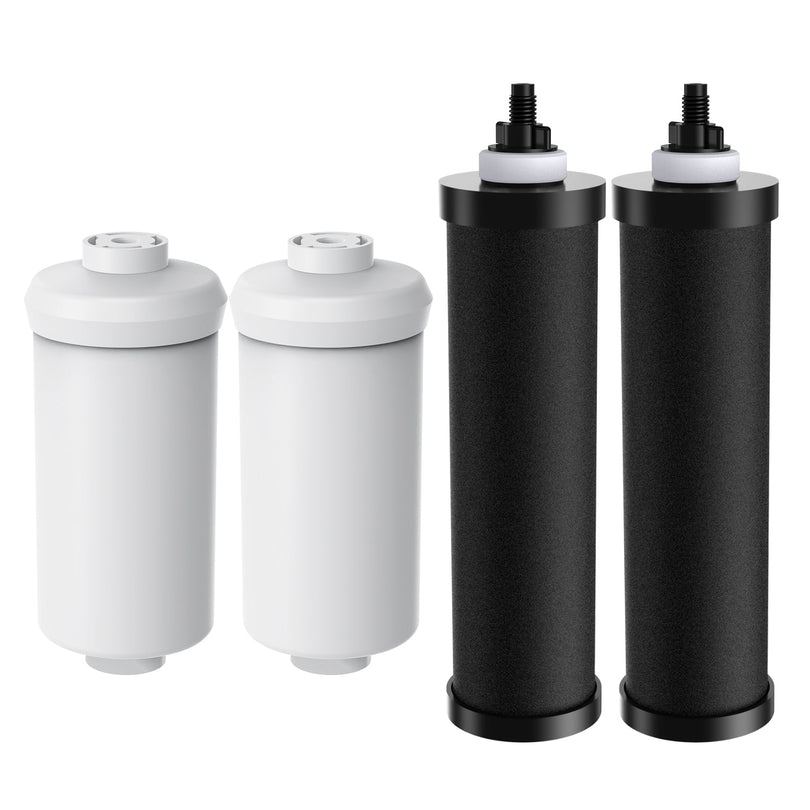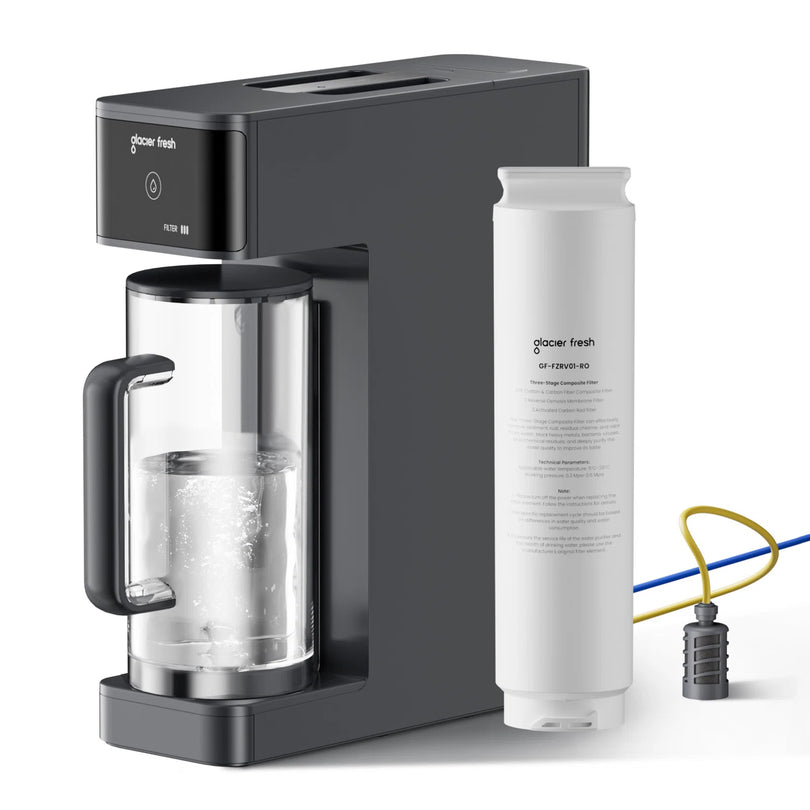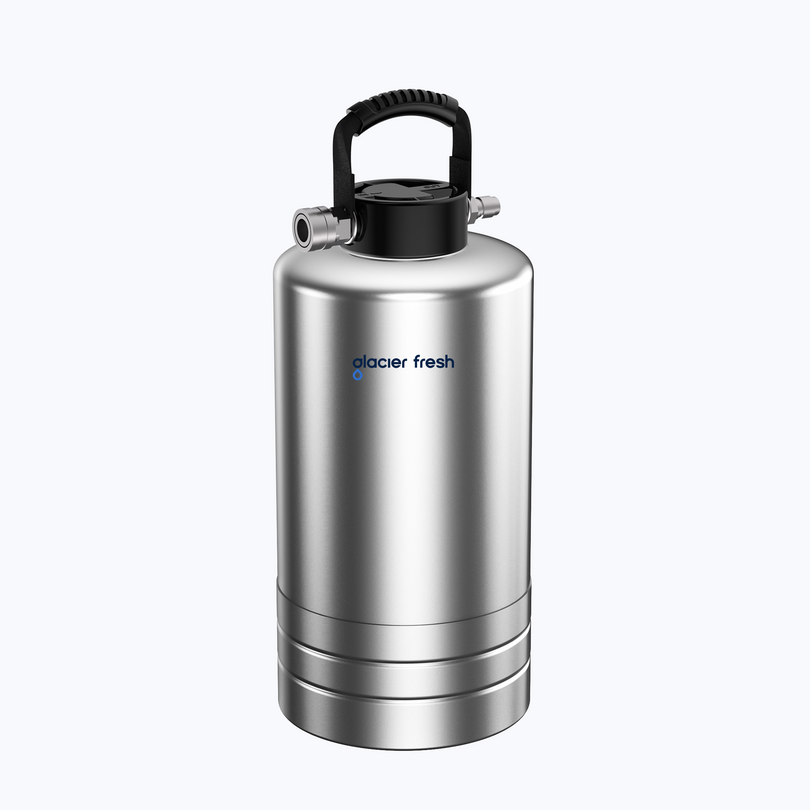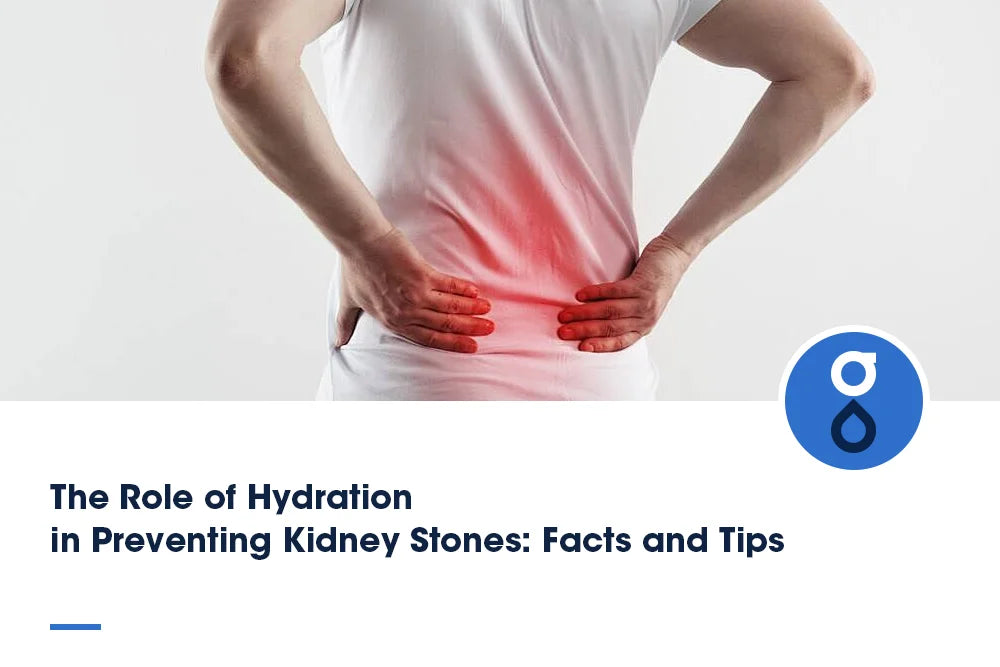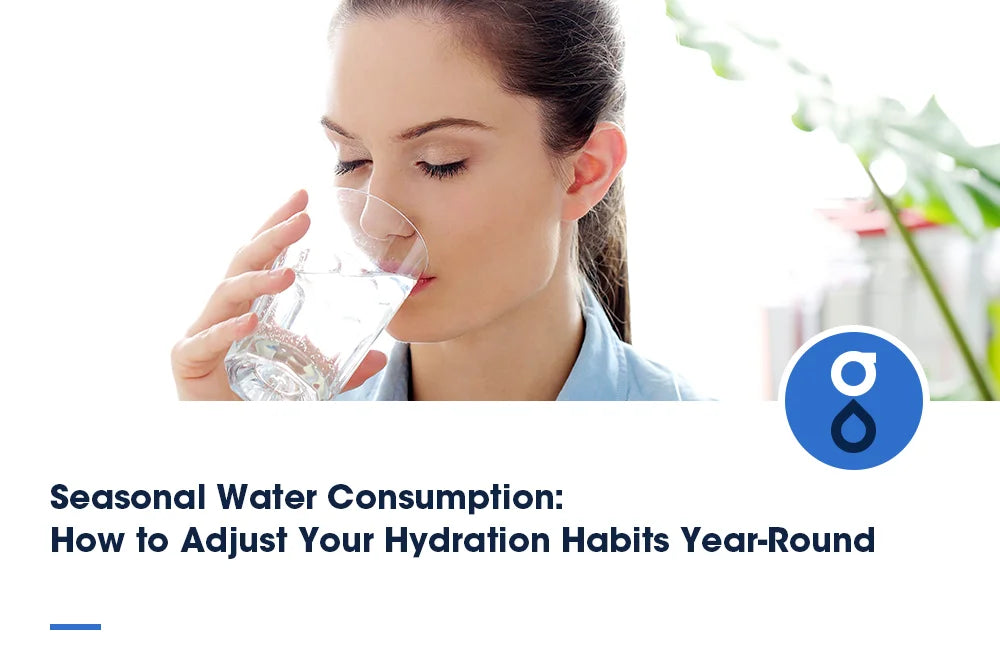Table of Contents:
What is guinea worm disease?
The origins of guinea worm disease
What`s the connection between guinea worm disease and water quality?
The effects of poor water quality on guinea worm disease
How to prevent the guinea worm disease in daily life?
FAQs
Conclusion
The relationship between Guinea Worm Disease and water quality runs deep. Have you ever considered how the contamination of water sources can play a pivotal role in transmitting this debilitating disease? The interplay between water quality and the spread of Guinea Worm Disease is a critical issue that warrants exploration. Understanding this connection is vital to unraveling the complexities of disease prevention and eradication efforts in vulnerable populations.
What is guinea worm disease?

Guinea worm disease, also known as dracunculiasis, is a parasitic infection caused by the nematode dracunculus medinensis. Symptoms of guinea worm disease include a blister on the skin, usually on the lower limb, which can cause a burning sensation and eventually a worm emerging from the wound.
The transmission of the disease occurs when people consume water contaminated with copepods carrying the infective larvae. To prevent the spread of guinea worm disease, it's crucial to promote the use of filtered or treated drinking water sources and prevent infected individuals from entering water sources.
Treatment for guinea worm disease mainly involves slowly removing the worm by winding it around a piece of gauze or a stick. Control efforts have focused on educating communities about the importance of filtering drinking water and providing health education on preventing the disease.
The origins of guinea worm disease
The origins of guinea worm disease can be traced back to ancient times, with evidence suggesting its presence in various regions worldwide. The disease is caused by the parasitic worm dracunculus medinensis. Guinea worm disease is transmitted when people consume water contaminated with copepods infected with guinea worm larvae. The larvae develop into adult worms inside the human body, causing painful blisters, typically on the lower limbs, from which the worms emerge.
What`s the connection between guinea worm disease and water quality?
Water quality plays a crucial role in the transmission and prevalence of guinea worm disease. Contaminated water sources facilitate the transmission of this parasitic infection, highlighting the importance of ensuring water quality for disease control and prevention. Hygiene practices are essential in preventing the spread of guinea worm disease, emphasizing the need for communities to engage in public health initiatives.

The effects of poor water quality on guinea worm disease

Poor water quality significantly exacerbates the spread and impact of guinea worm disease. Contaminated water sources provide an ideal environment for the guinea worm larvae to thrive, increasing the risk of infection. In areas with poor water quality, the incidence of Guinea worm disease tends to be higher due to several factors:
- Prevention methods: Inadequate water treatment processes lead to a higher concentration of Guinea worm larvae in water sources, making it challenging to prevent infection.
- Community education: Lack of knowledge about the importance of clean water and proper sanitation practices can hinder efforts to control the disease within communities.
- Public health: Poor water quality compromises overall public health, making individuals more susceptible to contracting Guinea Worm Disease.
- Sanitation practices: Inadequate sanitation practices contribute to the contamination of water sources, perpetuating the cycle of Guinea worm transmission.
- Water sources: Dependence on unsafe water sources increases the likelihood of exposure to Guinea worm larvae, further perpetuating the disease cycle.
How to prevent the guinea worm disease in daily life?
Identifying water sources
Begin by locating all nearby water bodies, such as ponds, lakes, or unprotected wells. Keep a record of these sources and monitor them regularly for any signs of contamination or potential breeding grounds for Guinea worm larvae. Collaborate with local health authorities to conduct testing for the presence of the parasite in these water sources.
Filtering drinking water
By using a fine mesh cloth or a commercial water filter, you can effectively remove Guinea worm larvae from your water source. When filtering water, do it before consumption or contact with humans or animals to prevent contamination. Boiling water after filtering can provide extra protection against any remaining parasites.
Avoiding contaminated water
Guinea worm larvae thrive in stagnant water, so it's crucial to steer clear of ponds, lakes, or streams that may be contaminated. When collecting water for drinking or daily use, opt for treated or filtered sources to minimize the risk of ingesting the parasite. Always check water quality reports if available, especially in areas where Guinea worm disease is prevalent. Avoid drinking or using water from sources that show signs of contamination, such as unusual color, odor, or the presence of debris.
Proper hygiene practices
Maintain good personal hygiene by regularly washing your hands with soap and water to help prevent the spread of Guinea worm disease. Make sure to wash your hands before and after eating, after using the bathroom, and after any contact with potentially contaminated water sources.
Keep your living spaces clean and sanitary by regularly cleaning and disinfecting surfaces. Avoid touching open sores or blisters caused by Guinea worm infection, such as gloves, without proper protection. Remember to cover any wounds with clean bandages to prevent contamination.
Educating communities
By organizing workshops, distributing informational pamphlets, and conducting interactive sessions, you can help community members understand how the disease spreads and the importance of clean water sources.
Encouraging water filters, straining cloths, and safe water storage practices can significantly reduce the risk of infection. Teaching community members about the lifecycle of the Guinea worm and the need to avoid entering water sources when infected can prevent further transmission.
FAQs
Can guinea worm disease be transmitted through food or air?
Guinea worm disease is transmitted through contaminated water, not food or air.
Is there a vaccine available for guinea worm disease?
Yes, there isn't a vaccine available for guinea worm disease yet.
Conclusion
In conclusion, the connection between Guinea Worm Disease and water quality is undeniable. Poor water quality provides the perfect breeding ground for the parasite responsible for the disease, putting communities at risk. Improving water quality through sanitation initiatives is crucial in preventing the spread of Guinea Worm Disease. Access to clean and safe drinking water is essential in eradicating this debilitating illness and ensuring the health and well-being of at-risk populations.





